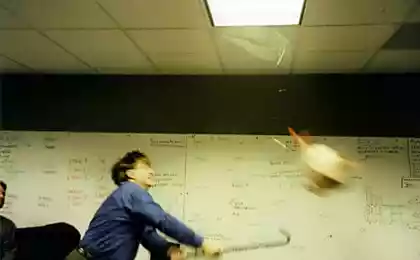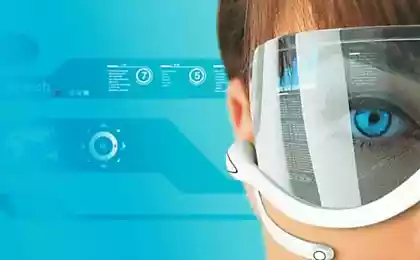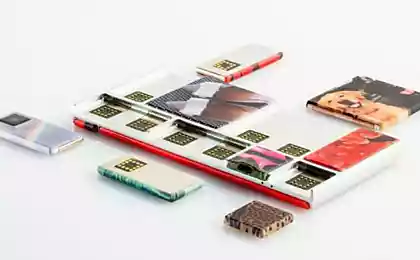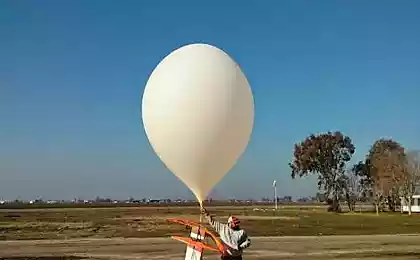1430
Satellite dishes future

Large corporations internet preparing for the grand battle for subscribers in the third world. Google picks project Loon - network with repeaters balloons, flying at an altitude of 20 kilometers, and give to the Internet in Africa and the desert regions of other continents. Facebook creates partnership internet.org, joined by Samsung, Ericsson, MediaTek, Nokia, Opera and Qualcomm - with the same purpose . In the press there is information that Facebook going purchased for $ 60 million company Titan Aerospace - Developer electric solar-powered drones that , the assurances of the company, capable of flying non-stop for five years and, unlike the balloon does not depend on the winds. But a month later Titan Aerospace for an undisclosed sum succeeds redeem Google. Finally, today is the rumor that Google is about to launch into low Earth orbit hundreds of small satellites stokilogrammovye , all with the same goal: cover broadband internet most remote corners of the earth.
Given the height of 20 km, which will fly drones and balloons, not to mention a few hundred kilometers to the satellites, the question arises - what the antenna will need to provide a high speed and stability of the compound, and thus inexpensive cost - because it comes before all of the third world. One of the suppliers of antennas can be a company Kymeta , which, incidentally, is already working with microsatellite startup O3b Networks, thus, key employees whose Information Wall Street Journal has recently been working in satellite project Google. Planar antenna Kymeta size and weight with a laptop based on new technologies using metamaterials. Despite the lack of moving parts, the antenna can be narrowly focused on the signal source and monitor it in real time. By the opportunities they resemble used in the radar фазированные antenna arrays (PAR).
PAR consists of many small emitters, which consistently changing the relative phases of the signals. This allows a very flexible and quickly change the antenna pattern. Wherein the antenna itself is fixed and has a flat shape. Originally PAR used in stationary radar for military purposes - they were very bulky and expensive. Then they learned how to make compact enough to put in a combat aircraft. Very clearly you can see the effect of the focused radiation with a flat surface on the example of the acoustic phased array ultrasonic transducers:
These PAR yet remain too expensive and complicated devices for the mass market. Kymeta managed to achieve similar functionality using the метаматериалов - Composite materials whose properties depend not only on the chemical composition and molecular structure, but on the macroscopic structure. They can be obtained, for example, a negative index of refraction. Promising applications of metamaterials for the optical, acoustic or radio camouflage. Antennas Kymeta should reach the market in 2015, and their value will be within a few hundred dollars. With mass production, and actively improving the technology price could fall even lower.
So far Kymeta positions its antenna as a device for providing communications aircraft, boats and cars - they can keep the satellites in view when the vehicle is moving, and quickly switch between different satellites. These capabilities are ideal for tracking balloons, satellites, drones, or "planetary internet." Technology can interest and the military. Thus, the characteristic "bulge" on the nose of Predator drones and Reaper - none other than the cowl hiding a satellite dish on the articulated suspension, which is used for communication with the control center drone. If instead of cumbersome mobile structure will light flat panel, the flight performance of the aircraft can be much better.

Kymeta Company was founded in 2012, but has already won several prestigious awards. One of the investors who invested in the company $ 50 million last year - Bill Gates. Now it seems that Kymeta will work closely with Google - it has all the chances to make a revolution in the world of antennas.
Source: habrahabr.ru/post/224973/























